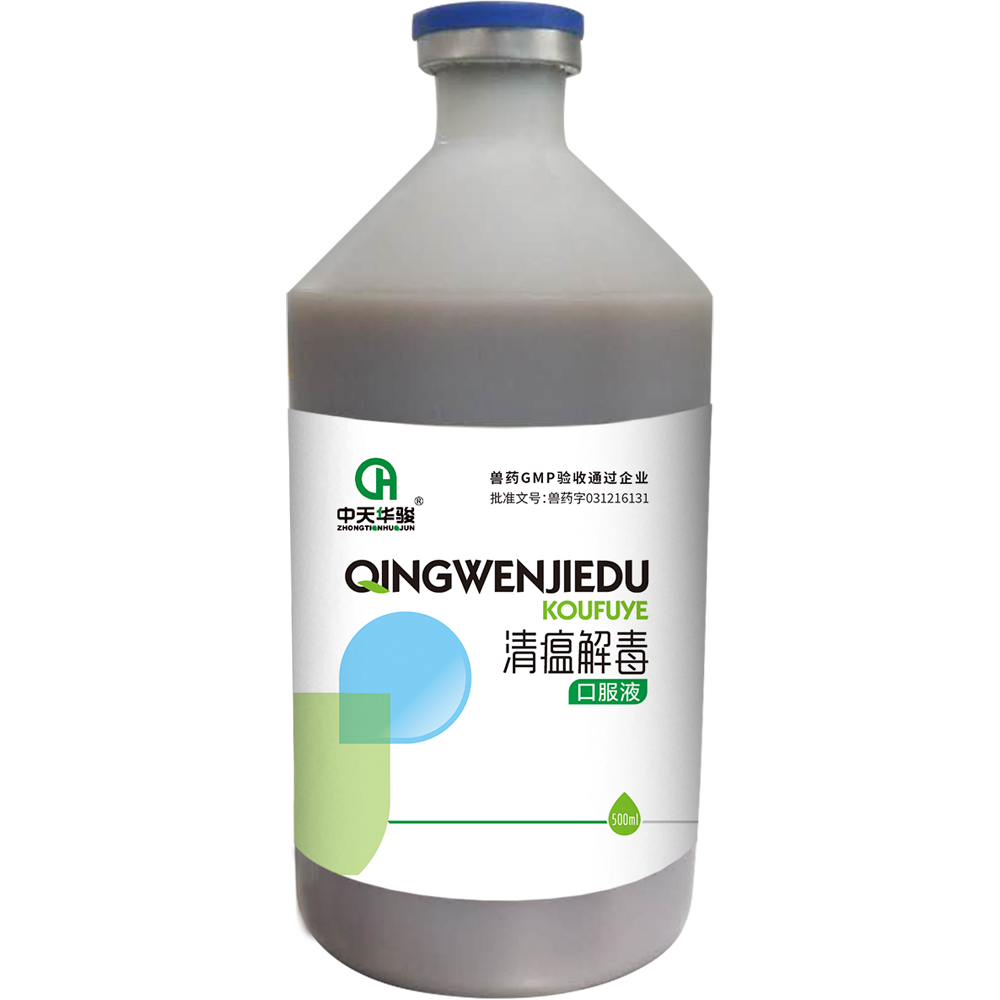
செப் . 07, 2024 13:29 Back to list
Tylosin
Tylosin A Comprehensive Overview
Tylosin is a macrolide antibiotic that is widely used in veterinary medicine, primarily for treating infections in livestock and poultry. It was first discovered in the 1960s and is derived from the bacterium Streptomyces fradiae. Tylosin is known for its broad-spectrum antibacterial properties, particularly against Gram-positive bacteria and some Gram-negative species. This article aims to provide an overview of tylosin, its uses, mechanism of action, and considerations regarding its use in agriculture.
One of the key applications of tylosin is its effectiveness in managing respiratory diseases in animals, particularly in pigs and poultry. In swine, tylosin is commonly employed to treat conditions such as Porcine Respiratory Disease Complex (PRDC), a multifactorial disease that can severely affect growth rates and overall health. In poultry, it is often used to control infections such as turkey coryza and various types of enteritis, helping to maintain flock health and productivity.
Tylosin functions by inhibiting bacterial protein synthesis. It binds to the bacterial ribosome, specifically the 50S subunit, thereby preventing the elongation of peptides during protein production. This mechanism is similar to that of other macrolides, making tylosin effective against organisms that are susceptible to this class of antibiotics. However, it is crucial to use tylosin judiciously, as the overuse of antibiotics in agriculture can lead to the development of antibiotic-resistant bacteria, posing risks to both animal and human health.
tylosin

In addition to its antibacterial properties, tylosin has been investigated for its potential benefits in promoting growth in livestock. Some studies suggest that subtherapeutic doses of tylosin may enhance feed efficiency and weight gain, leading some producers to include it in feed formulations. However, the use of antibiotics for growth promotion is becoming increasingly scrutinized, with many countries implementing regulations to restrict their use in order to combat the rising issue of antibiotic resistance.
Despite its benefits, the use of tylosin is not without controversy. Concerns have been raised about the potential for drug residues to remain in animal products, which could pose risks for human consumers. It is essential for veterinarians and livestock producers to adhere to recommended withdrawal periods before animal products are marketed to ensure food safety.
In conclusion, tylosin remains a vital tool in veterinary medicine, particularly in the treatment of infectious diseases in livestock. However, its use should be carefully managed to mitigate the risks of resistance and ensure the health of both animals and consumers. As the agricultural landscape continues to evolve, ongoing research and responsible practices will be essential in improving animal health and ensuring food safety.
-
Quality Bacillus Coagulans BC30 Factory - Expert Production
NewsAug.02,2025
-
China Salivation AI with GPT-4 Turbo Features
NewsAug.01,2025
-
Epic Sepsis Factories: AI-Driven Detection with GPT-4 Turbo
NewsJul.31,2025
-
Acute Salpingitis and Oophoritis AI Factory
NewsJul.31,2025
-
Premium China Bacillus Subtilis Supplier & Factory Solutions
NewsJul.30,2025
-
Premium Avermectin Supplier in China | Custom Solutions Available
NewsJul.29,2025




